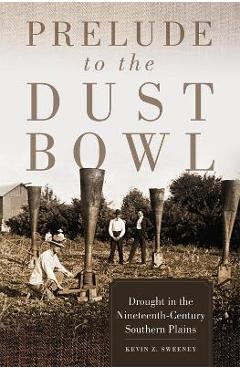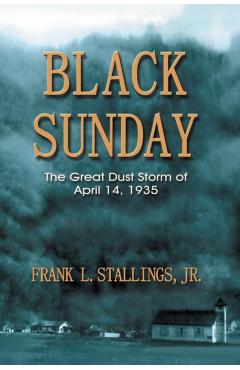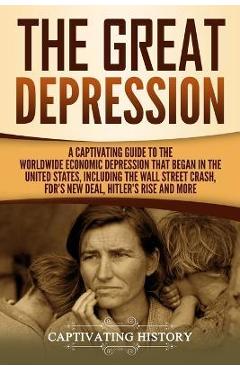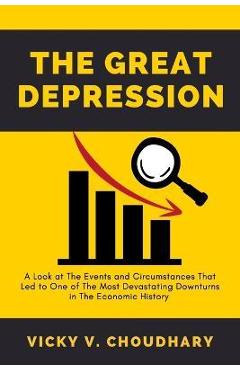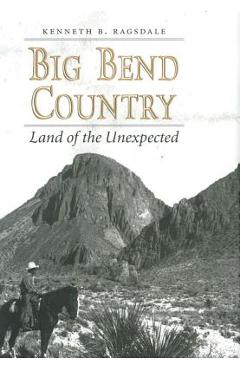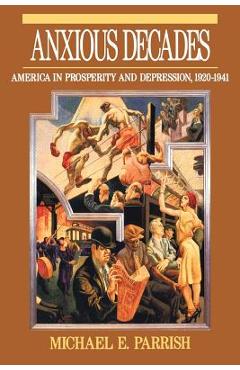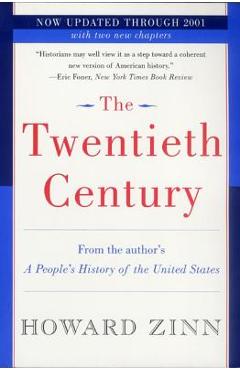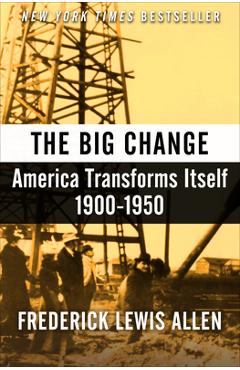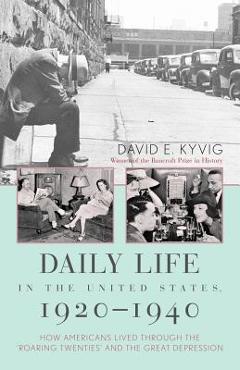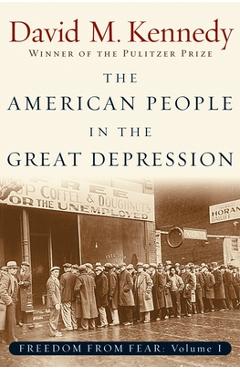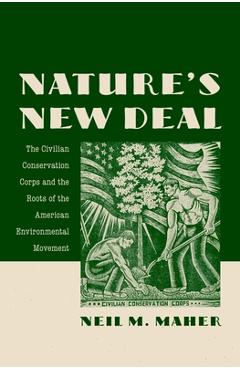The Dust Bowl: The History and Legacy of the Most Notorious Drought in American History
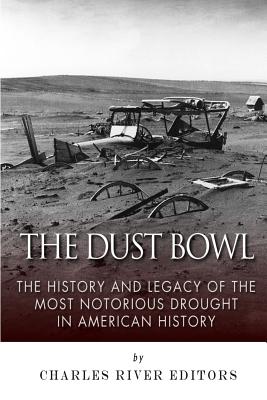
The Dust Bowl: The History and Legacy of the Most Notorious Drought in American History
*Includes pictures
*Includes accounts of the Dust Bowl and dust storms by farmers, wives, and children
*Includes a bibliography for further reading
"People caught in their own yards grope for the doorstep. Cars come to a standstill, for no light in the world can penetrate that swirling murk.... The nightmare is deepest during the storms. But on the occasional bright day and the usual gray day we cannot shake from it. We live with the dust, eat it, sleep with it, watch it strip us of possessions and the hope of possessions." - Avis D. Carlson "How can you frighten a man whose hunger is not only in his own cramped stomach but in the wretched bellies of his children? You can't scare him - he has known a fear beyond every other." - John Steinbeck, The Grapes of Wrath It is almost impossible to imagine today, but in the late 19th century and early 20th century, there were places where land was cheaper than food and more plentiful than water. During the homesteading period of the 1860s-1880s, the government typically offered land grants of 160 acres to any farmer who could get it cultivated within a certain amount of time. With that much land to make productive and a limited number of years to get it cleared and planted, men would do whatever it took to get their crops in. Of course, these farmers, trying to quickly carve working farms, were more concerned with speed than with the impact on the ground itself. Surviving each year itself was enough work; the future would have to worry about itself. While farmers were planting crops, the seeds were also being sown for a natural disaster once a severe drought hit the prairie land in the 1930s. Due to a lack of proper dryland farming methods, wind erosion and the drought combined to create horrific dust storms that devastated wide swathes of Great Plains and even reached cities on the East Coast like New York City and Washington, D.C. It's estimated that the dust storms affected about 100 million acres during the decade, uprooting not just soil but tens of thousands of people as their farms and families suffered. With farms failing across vast portions of Texas, Oklahoma, New Mexico Colorado and Kansas, those who could no longer support themselves became migrants, moving to other states like California, but the country was still in the throes of the Great Depression. As a result, there was a unique class of suffering that was documented not only in pictures but in graphically realistic novels
PRP: 56.11 Lei
Acesta este Pretul Recomandat de Producator. Pretul de vanzare al produsului este afisat mai jos.
50.50Lei
50.50Lei
56.11 LeiLivrare in 2-4 saptamani
Descrierea produsului
*Includes pictures
*Includes accounts of the Dust Bowl and dust storms by farmers, wives, and children
*Includes a bibliography for further reading
"People caught in their own yards grope for the doorstep. Cars come to a standstill, for no light in the world can penetrate that swirling murk.... The nightmare is deepest during the storms. But on the occasional bright day and the usual gray day we cannot shake from it. We live with the dust, eat it, sleep with it, watch it strip us of possessions and the hope of possessions." - Avis D. Carlson "How can you frighten a man whose hunger is not only in his own cramped stomach but in the wretched bellies of his children? You can't scare him - he has known a fear beyond every other." - John Steinbeck, The Grapes of Wrath It is almost impossible to imagine today, but in the late 19th century and early 20th century, there were places where land was cheaper than food and more plentiful than water. During the homesteading period of the 1860s-1880s, the government typically offered land grants of 160 acres to any farmer who could get it cultivated within a certain amount of time. With that much land to make productive and a limited number of years to get it cleared and planted, men would do whatever it took to get their crops in. Of course, these farmers, trying to quickly carve working farms, were more concerned with speed than with the impact on the ground itself. Surviving each year itself was enough work; the future would have to worry about itself. While farmers were planting crops, the seeds were also being sown for a natural disaster once a severe drought hit the prairie land in the 1930s. Due to a lack of proper dryland farming methods, wind erosion and the drought combined to create horrific dust storms that devastated wide swathes of Great Plains and even reached cities on the East Coast like New York City and Washington, D.C. It's estimated that the dust storms affected about 100 million acres during the decade, uprooting not just soil but tens of thousands of people as their farms and families suffered. With farms failing across vast portions of Texas, Oklahoma, New Mexico Colorado and Kansas, those who could no longer support themselves became migrants, moving to other states like California, but the country was still in the throes of the Great Depression. As a result, there was a unique class of suffering that was documented not only in pictures but in graphically realistic novels
Detaliile produsului










